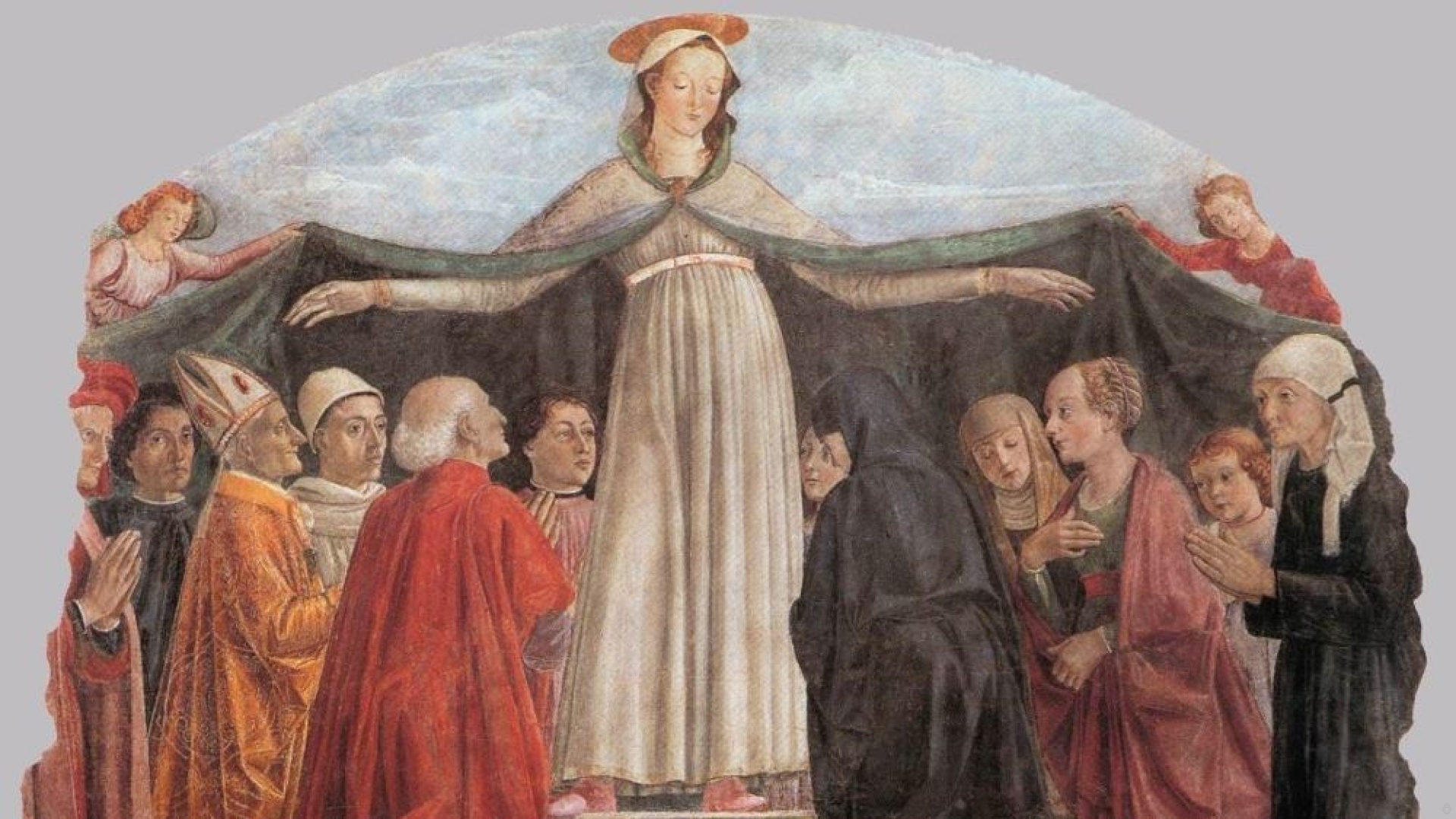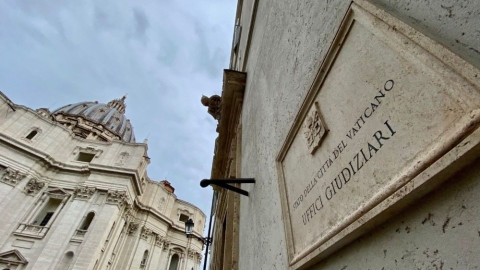The Mother of God’s Mediation of All Graces (1)

Christ is the mediator between God and man. This office of mediator consists of uniting the two extremes between which it is placed. To do that, the mediator needs to have a certain union with the two extremes, but also to be distinct from the extremes being united.
The mediator exercises his office by transmitting to one extreme what belongs to the other: hence the ascendant mediation from man to God, and the descendent mediation from God to man.
It belongs to Christ to be the mediator between God and man, but there can be secondary mediators:
--whether in a dispositive manner, by preparing man to turn to Christ;
--or in a ministerial manner, as the instrument of communication of what God wants: this is the very definition of a priest.
The magisterium, the Fathers, and the Doctors confirm the fact of mediation
Regarding this, Leo XIII wrote in the encyclical Octobri mense: “Nothing is given to us except through Mary, God having made it so.”
St. Pius X said of Mary in Ad diem illum that she is “to be the most powerful mediatrix and advocate of the whole world with her Divine Son,” which goes back to the bull Ineffabilis of Pius IX.
Finally, in 1921, Benedict XV instituted the feast of Mary Mediatrix of All Graces.
Many Fathers of the Church bring up Mary’s mediation. St. Gregory Nazianzus († 390) said: “We know that divine grace is given to us through your intermediary.” St. Ephrem (†373), the great Marian doctor praised her: “Hail, excellent Mediatrix between God and man.” St. Venantius Fortunatus (†609), said in the Ave Maris Stella : “Ask for all the graces for us.”
St. Modestus of Jerusalem († 634) in turn declared: “The heavenly gifts are distributed by her to humankind.” St. Germain of Constantinople († 733) : “She has been mediatrix firstly through her supernatural childbirth, and now through the intervention of her maternal protection.”
The medieval Doctors also taught this truth: St. Bernard, St. Albert the Great, St. Bonaventure, and others. They used the images of an aqueduct and of a neck, Jesus being the head of the Church. All graces pass through Mary. St. Bonaventure specifies that Mary communicates grace, “not by mode of principle, but by mode of merit,” “not by infusion, but by impetration.”
St. Robert Bellarmine and St. Francis de Sales supported Mary’s mediation against the Protestants. And until the 20th century, this was the unanimous view of the popes, bishops, theologians, and preachers. Between the two wars, Cardinal Mercier launched a petition signed by more than 500 prelates to ask Rome for the solemn definition of Mary’s mediation.
Theology shows the possibility of this mediation
The Mother of God is united to God through her divine maternity itself, by the affinities which come from that, and by her holiness which makes sure that nothing in her is displeasing to God. In addition she is united to man by her human nature, and, like them, she too has been redeemed, even if in a very particular way.
But it must be added that Mary differs from God by being a creature; likewise, she differs from men by her eminent holiness and her singular place in the Redemption, because she participated in the act of redemption with her divine Son.
Finally, she is henceforth in the state of bliss, in heaven, which distinguishes men who are pilgrims here below, those who call themselves the “Viatorians”— via, the way.
It is thus possible that Mary is the secondary mediatrix between God and man. (to be continued)
Related links
Illustration : Domenico Ghirlandaio, Domaine public via Wikimedia Commons





